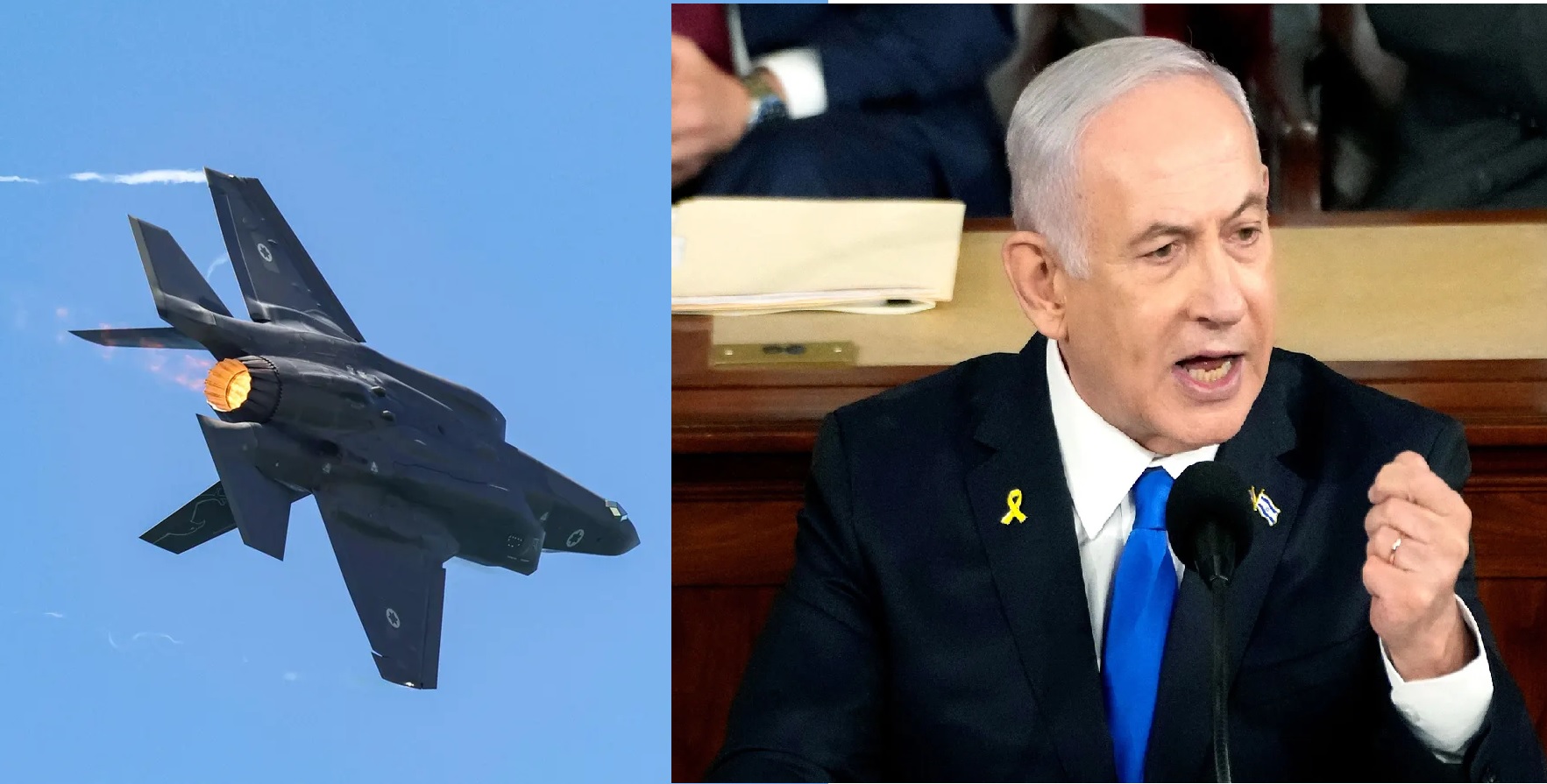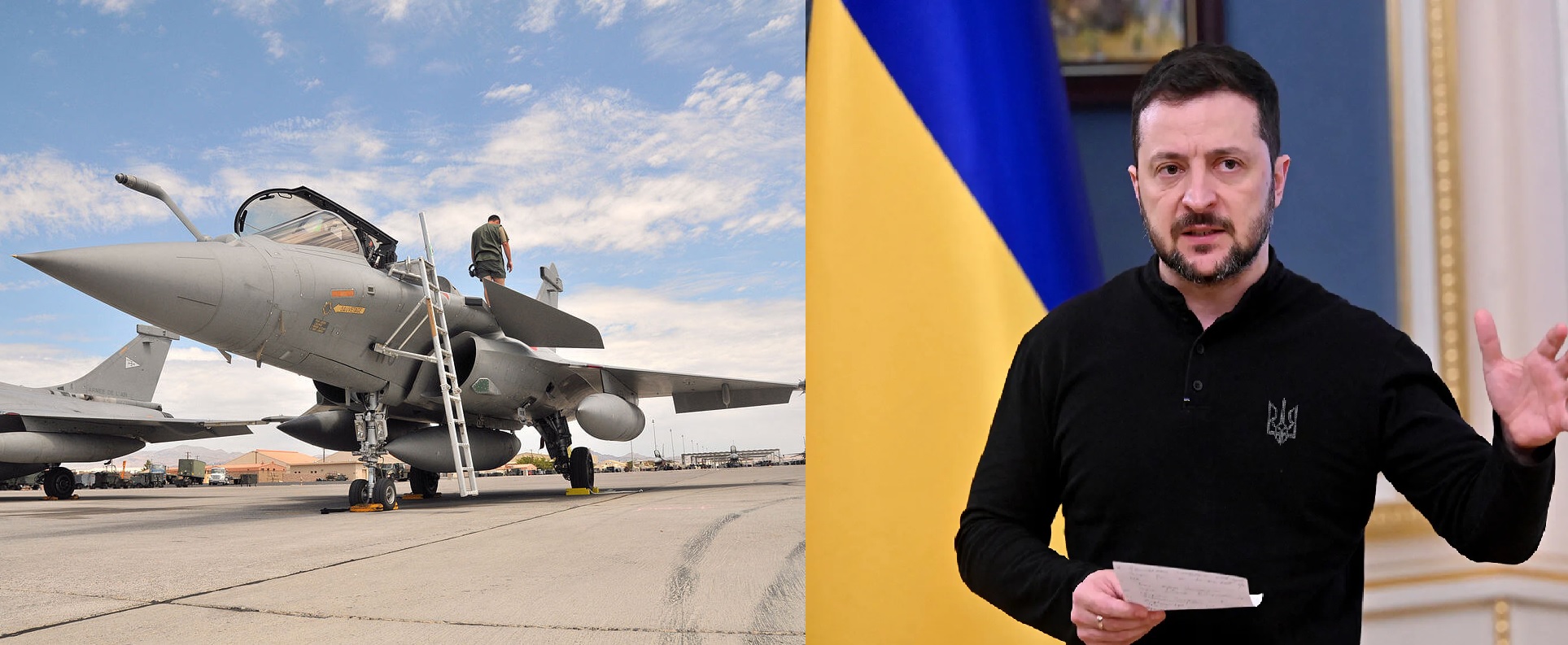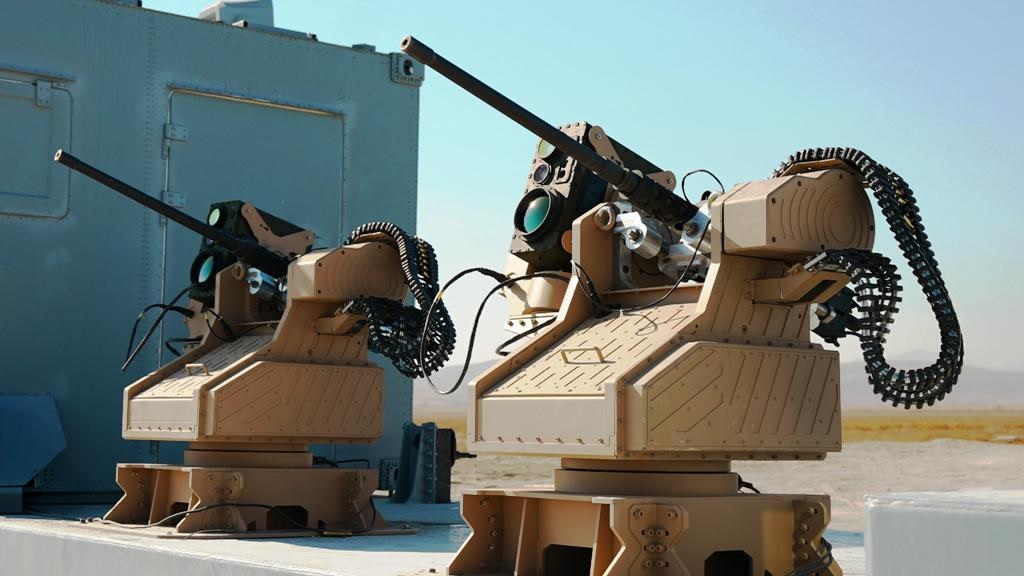Why Israel Strongly Opposes Saudi Arabia Getting F-35 Jets

In a development sending ripples through the Middle East and the U.S. defense establishment, Saudi Arabia has reportedly requested American approval to purchase 48 F-35 stealth fighters, the most advanced combat aircraft in service today. The proposal, now under consideration by former President Donald Trump, has triggered deep concerns across Israel, the Pentagon, and U.S. policy circles.
A Deal Far Bigger Than a Standard Arms Sale
At first glance, the request looks like a conventional defense agreement. But the sale of the F-35, the most advanced stealth fighter in the world, is anything but routine.
Israel currently remains the only Middle Eastern state operating the F-35, specifically the F-35I “Adir”, equipped with classified Israeli avionics, electronic warfare suites, and cyber systems. These upgrades enhance the jet’s combat performance and survivability and are developed jointly with American defense manufacturers.
Why Israel Is Alarmed
Should the U.S. agree to the Saudi request, Riyadh would not just receive American technology — it would inevitably gain systems derived from Israeli innovation, embedded deep within the aircraft’s architecture.
That’s the heart of the problem.
Saudi Arabia maintains close strategic ties with both China and Russia, even cooperating with Beijing on ballistic missile production and with Moscow on oil coordination through OPEC+. Intelligence services warn that any sensitive technology transferred to Riyadh could eventually be accessed by Moscow or Beijing through espionage, joint programs, or intelligence-sharing arrangements.
For Israel, this poses a direct threat to its Qualitative Military Edge (QME) — a principle enshrined in U.S. law that guarantees Israel retains superior military capability over its regional neighbors.
Losing exclusivity over the world’s most advanced fighter jet would erode the foundation of Israel’s deterrence strategy.
American Concerns: Technology Leakage and Strategic Risk
In Washington, the sale is viewed as a major security gamble. The F-35 is considered the crown jewel of American airpower, containing some of the most sensitive stealth coatings, mission systems, and sensor fusion software ever exported.
U.S. officials fear that transferring this capability to a nation involved in active cooperation with Beijing on ballistic missile production and with Moscow through OPEC+ energy coordination could open doors for espionage, reverse engineering, or intelligence-sharing.
Any compromise of F-35 technology would significantly erode America’s long-term technological dominance.
Saudi Arabia’s Motive: Deterrence and Prestige
Riyadh’s push for the F-35 reflects a combination of strategic and political drivers:
-
Growing threat perception from Iran’s missile and drone arsenal
-
Desire to modernize beyond F-15 and Eurofighter Typhoon fleets
-
Ambition to become the region’s leading airpower
-
Concern over fluctuating U.S. security commitments
Possession of fifth-generation stealth fighters would dramatically elevate Saudi Arabia’s military standing.
The Trump Factor
Former President Trump, known for strengthening ties with Gulf states and backing major arms deals, is now weighing the Saudi request. His decision will have to account for:
-
Potential risk to U.S. secrets
-
Staunch Israeli objections
-
The regional military balance
-
America’s strategic competition with China and Russia
At present, there is no indication of an imminent decision.
A High-Stakes Choice With Global Consequences
This moment forces Washington to confront a fundamental question:
Should the world’s most advanced fighter jet — built on both American and Israeli innovation — be transferred to a state with strategic ties to U.S. rivals?
Analysts warn that the consequences could extend far beyond the Middle East. Even limited access by Russia or China to F-35 components, software, or stealth materials could accelerate their own military aviation programs and undermine decades of Western superiority.
This is not merely an arms sale.
It is a pivotal test of how the U.S. safeguards the backbone of its air dominance and the foundation of Israel’s deterrence.
As one intelligence official put it: “Any administration considering this deal should think very, very hard.”
✍️ This article is written by the team of The Defense News.





